Summary
- Several consoles struggled in the ’90s due to poor designs, lack of quality games, or high prices.
- The market was already dominated by giants like Sega and Nintendo, making it hard for new consoles to succeed.
- The 32-bit era saw numerous failures, such as Tiger’s R-Zone, Atari Jaguar, and Phillips CD-I, despite ambitious attempts at innovation.
When video games became a major industry in the 1990s, gamers gained access to iconic consoles like the Super Nintendo Entertainment System and the Sony PlayStation. To compete with these giants, other companies launched their own consoles; some were successful, while others faded into obscurity.
8:37
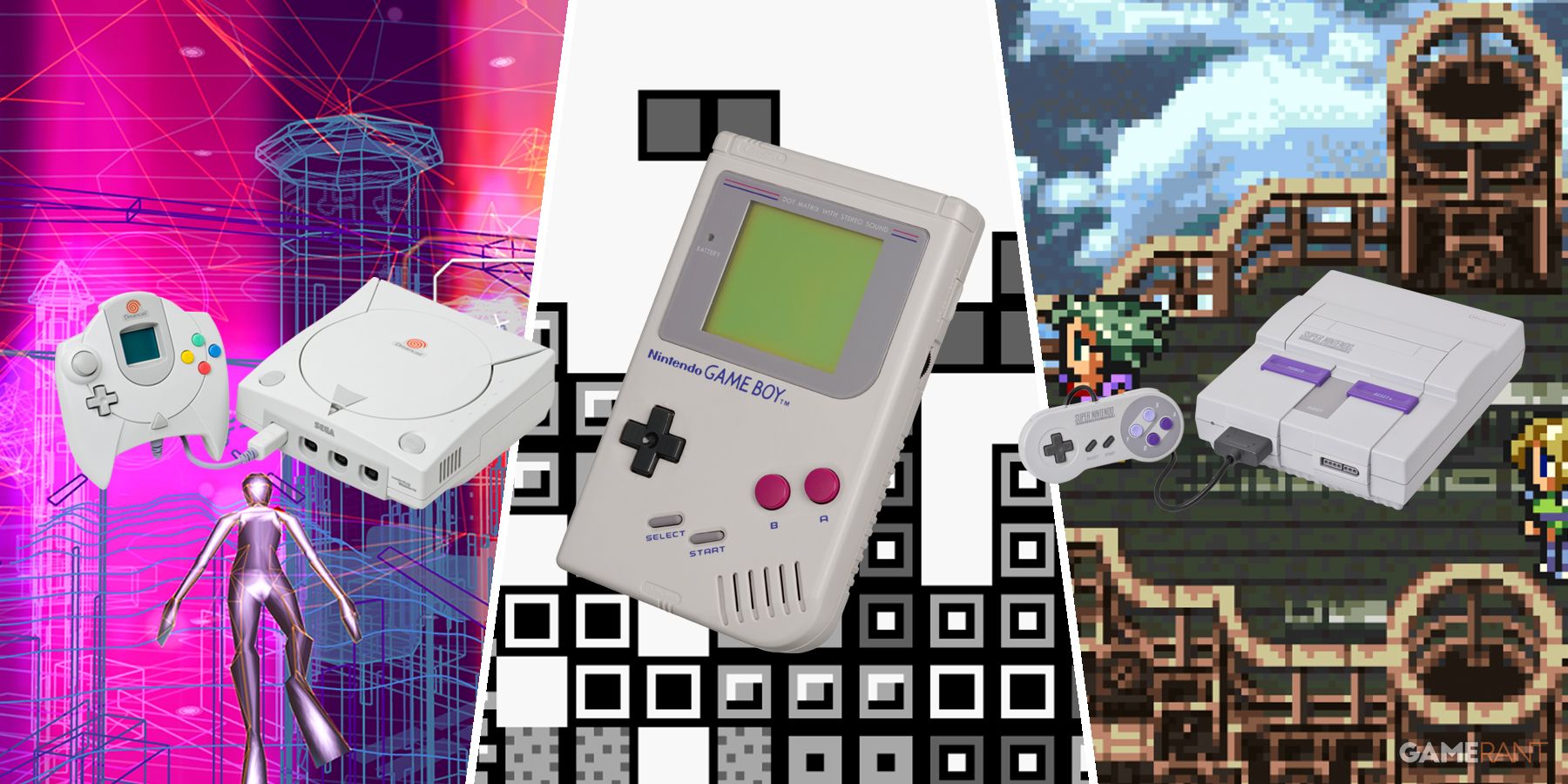
Related
The 10 Best Video Game Consoles of All Time, Ranked
Here’s our list for the top 10 best video game consoles of all time.
Certain companies inevitably struggle to compete with others in the vast video game market, regardless of their product quality. This includes ambitious consoles that failed to achieve sufficient sales and controversial consoles with poorly executed designs. These products reflect the circumstances of their time, for better or worse.
10
Tiger R-Zone
Tiger’s Poor Attempt At Virtual Reality
- Developers: Tiger Electronics
- Release Date: February 1995
Tiger Electronics are known for the cheap handheld games that parents had bought at the store for a few dollars that barely qualified as video games. So, it should be no surprise that their attempt at a console, the Tiger R-Zone, didn’t fair much better as it featured a baffling design. Players are forced to strap it to their forehead and look at it via a single mirror visor, which the game is projected onto.
Suffice to say that even the few that bought the Tiger R-Zone were not fond of it, because not only were the design of the console and the controller laughable, but the games also lacked quality. They were the same design as every other mini Tiger Electronics game, but with a neon red reminiscent of the Nintendo Virtual Boy, but even that console is considered to have better visuals.
9
Sega 32X
Last Ditch Effort To Extend The Life Of The Genesis
- Developers: Sega
- Release Date: November 21, 1994
In their plucky venture to keep up with the Super Nintendo Entertainment System, Sega tried their hardest to keep upgrading the Genesis with peripherals. One of the most famous was the Sega 32X, which plugged right into the cartridge port of the Genesis to play the new line of 32-bit games as well as the Genesis’ 16-bit games.
While it was admirable of Sega to try and give their fans an upgrade without needing a new console, the Sega 32X did not sell well at all and there were very few games for the peripheral. Not long after, the Sega Saturn would come out as Sega’s dedicated 32-bit console and as a result, the 32X would go as fast as it came.
8
Atari Lynx 2
Improved Model That Came Out Too Late
- Developers: Atari
- Release Date: July 1991
The Atari Lynx 2 was a substantial upgrade from the Atari Lynx, with a better backlit screen, clean sound, improved battery life, and less bulky design. It could have been a proper competition for the Sega Game Gear and the Nintendo Game Boy, but it ended up being sandwiched by the other two with only a few games released before discontinuation.

Related
8 Handheld Games Better Than Their Console Counterparts
Handheld games aren’t often superior to the console or PC counterparts. Yet there are a few exceptions. These are some of the best and most notable.
Atari abandoned the Lynx 2 to focus on their newest 32-bit console, the Jaguar, despite it being ahead of its time. The Lynx 2 was one of the first handheld consoles to feature 3D visuals, which combined with its more detailed color palette led to it being the closest thing to a major console on the go, but people still preferred the Nintendo Game boy.
7
3DO
Too Expensive For Most Consumers To Enjoy
- Developers: Panasonic, GoldStar, Sanyo, Creative Labs, Samsung
- Release Date: October 4, 1993
In an unusual situation, the 3DO was a gaming console produced by multiple companies rather than a single manufacturer. Therefore, those who owned a 3DO had one made by either Panasonic, GoldStar, Sanyo, Creative Labs, or Samsung. It was among the first consoles to feature 32-bit games, which was groundbreaking at the time. However, its downfall came from its steep price of $700 (equivalent to $1,500 today when adjusted for inflation) and a lack of strong launch titles.
It didn’t help the 3DO that, after its launch, there were other 32-bit consoles, including the Sony PlayStation and the Sega Saturn, that were far more successful. The lack of sales led to the different versions of the console dropping in price over time, eventually ending up at $200, but even that wasn’t even enough to save the console.
6
Bit Corp. Gamate
The Taiwanese Game Boy Clone
- Developers: Bit Corp.
- Release Date: May 1, 1990
Likely, most people have never even heard of the Gamate by Bit Corp., yet another handheld console designed to compete with the Game Boy. It even featured the same dark green screen with no backlighting that makes it difficult to see. Strangely enough, the Gamate’s overall design is reminiscent of the Game Boy Advance that would come years later.
The Gamate was developed by the Taiwanese company Bit Corporation and included a library of forty-three games. It achieved mild success in Europe and Asia, but in other regions, it was overshadowed by a market already dominated by the Game Boy, Atari Lynx, and the Sega Game Gear.
5
Atari Jaguar
Atari’s Final Console Was Not Their Best
- Developers: Atari
- Release Date: November 23, 1993
Atari helped revolutionize the idea of home consoles in the 80s with the Atari 2600, but when the 90s hit, the company struggled against the might of Sega and Nintendo. Their last effort at a console was the Atari Jaguar in 1993, taking their leap to the 32-bit era, and while it featured a few quality exclusive titles, it was not the success they had hoped for.
The biggest problem players faced with the Atari Jaguar was that the games themselves didn’t live up to the hype. Other than a few overlooked gems, it didn’t provide enough to compete with other systems, especially with the inclusion of the Atari Jaguar CD, which was infamously defective. Atari has since
4
Sega Nomad
The Precursor To The Nintendo Switch
- Developers: Sega
- Release Date: October 1995
Before the Nintendo Switch allowed gamers to play their favorite AAA titles on the TV and the go, the Sega Nomad did it first in 1995. Instead of downgraded ports of games, the Sega Nomad allowed gamers to simply insert Sega Genesis games into the portable console, perfect for road trips or going on flights, with the ability to plug into a TV.
The Sega Nomad could have been a great addition to the company’s legacy, but unfortunately, it didn’t have a lasting impact. Following the failures of the Sega CD and the Sega 32X, support for the Nomad was quickly withdrawn as the Sega Saturn was on the horizon.
3
Commodore Amiga CD32
The First 32-Bit Console Ever Made
- Developers: Commodore International
- Release Date: September 17, 1993
Before the Sony PlayStation, Sega Saturn, and even the Atari Jaguar, the Commodore Amiga CD32 was marketed as the first 32-bit gaming system in 1993. However, the games did not showcase the impressive specifications that were advertised, as the visuals were similar to those found on the Super Nintendo Entertainment System and the Sega Genesis.
5:05
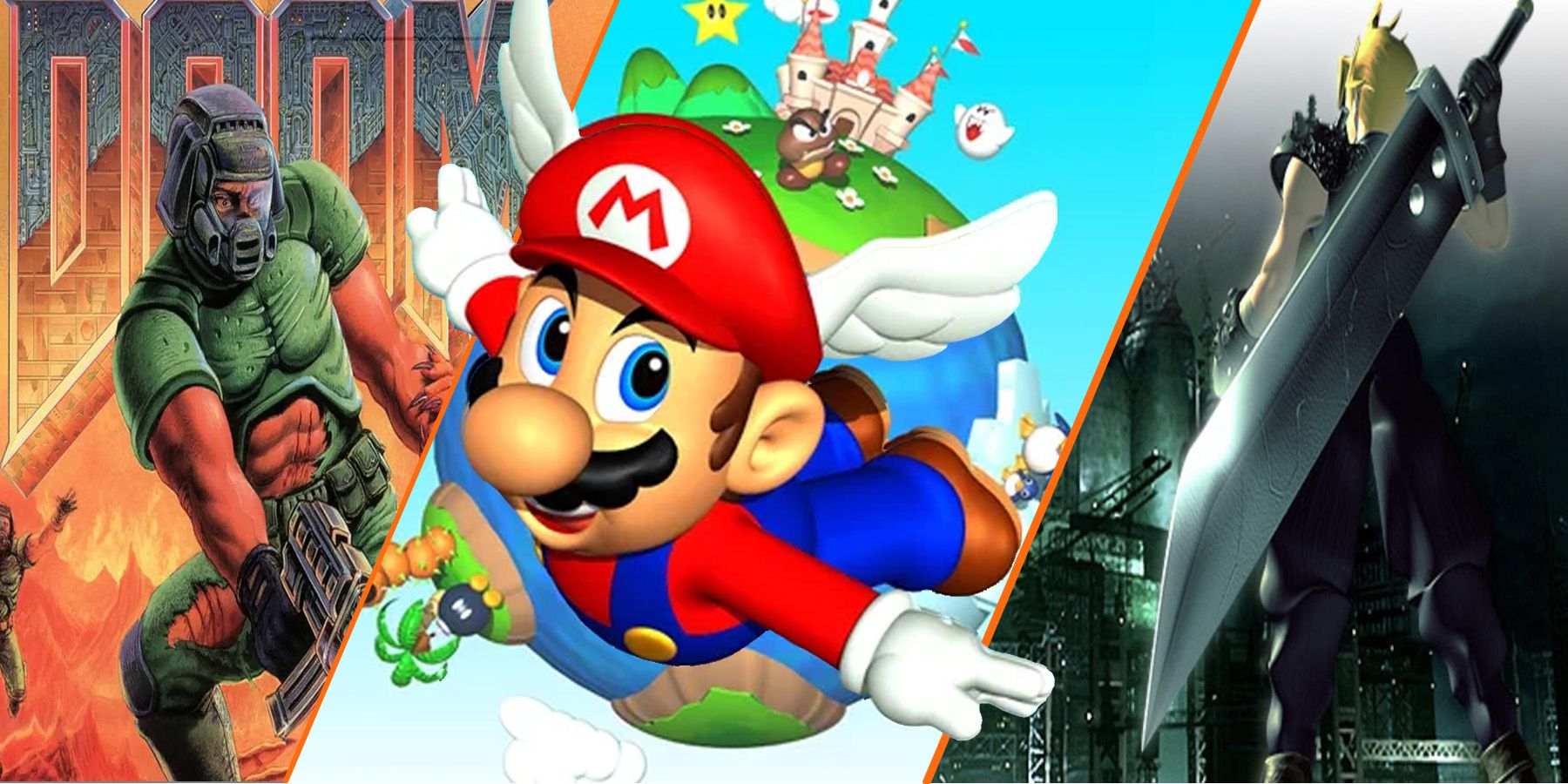
Related
The 32 Best ’90s Video Games, Ranked
The best video games in the 90s were spread across a wide variety of genres, showing the greatest offerings for gaming at that point in time.
The games on the Amiga CD32 ranged from mediocre to okay at best, so there was nothing to really hook people into having the console in every home. As a result, Commodore, which had previously become famous for their PCs, went bankrupt a year later, and the console was met with discontinuation as other 32-bit consoles came about to replace it.
2
SNK Neo Geo
A Powerful Machine That Few People Bought
- Developers: SNK Corporation
- Release Date: April 26, 1990
When it came to porting arcade games to home systems like the SNES or even the Nintendo 64, developers had to downscale the visuals and gameplay to get it to work. With the Neo Geo by SNK, gamers could get 1:1 replicas of the arcade games with some of the best visuals available on a home console for its time, yet the console quickly faded into obscurity.
The Neo Geo was one of the most expensive consoles of its time, costing $650 on release, which is more expensive than a PlayStation 5 today. This was due to the power of the system, with cartridges that were near the same size as the console and the average consumer in 1990 opted for the more affordable Sega Genesis or Super Nintendo.
1
Phillips CD-I
Controversial Titles Killed This Ambitious Console
- Developers: Philips, Sony
- Release Date: December 3, 1991
Ambition can sometimes lead to downfall, which was the case of the Phillips CD-I, which experimented with CD-based games that would eventually become the norm. Many of the games were made with FMV and required different kinds of controllers to work properly, from shooters to point-and-click adventure games.
The ideas of the CD-I sound nice via text, but execution was their downfall. Along with a slew of infamously disliked titles such as the trilogy of Zelda games made for it, the CD-I’s biggest problem was that it was defective. Similar to the Atari Jaguar, people simply struggled just to get the system to work properly, and the system wasn’t cheap. So, the CD-I was one of the biggest flops of the 90s, but for good reason.

More
8 Zelda Games That Are Hard To Find Nowadays
Over the years, certain Zelda games, ports, and remasters have faded into obscurity, resulting in few copies available to buy and at egregious prices.





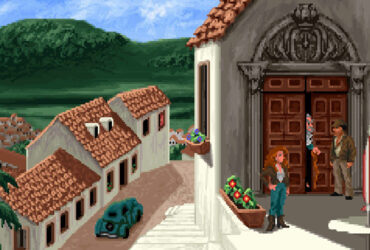
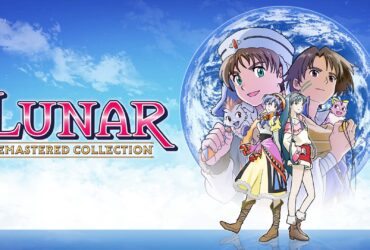

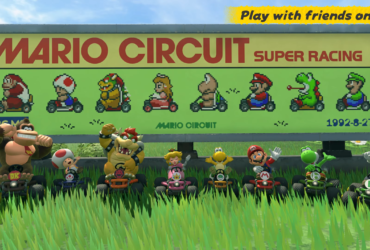

Leave a Reply